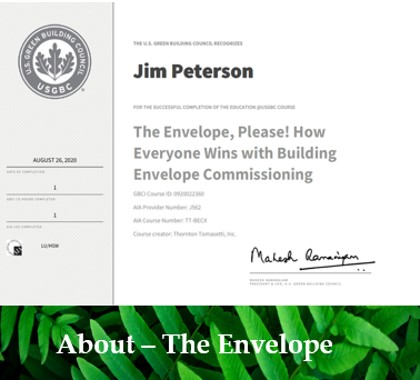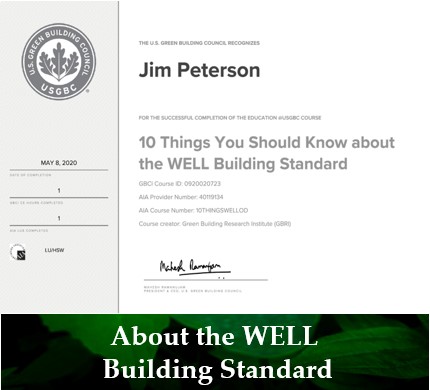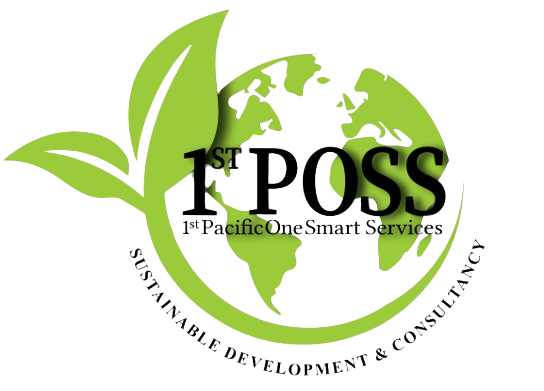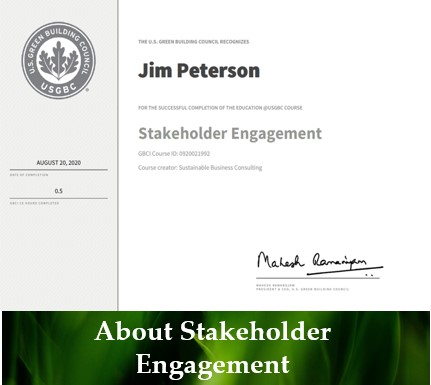

PROJECT DETAILS
It should be noted that the Well Building Standard® is a third-party certified by the Green Business Certification Incorporation (GBCI), which administers the LEED certification program and the LEED professional credentialing program. And 1stPOSS presents this information as part of our on-going Knowledge Base, articles for your information only.
Well Building Standards can be reached at https://www.wellcertified.com/
We humans, spend more than 90% of our time in building, and with solid foundation, and body of medical research, Well Building Standard®, explores the connection between the building and the health and wellness of its occupants.
Furthermore, on average, about 90% of a company’s expenses are in their capital (employees) and their salaries. The Well Building Standard® is about making the human capital (people) of a company more productive, happier, and healthier. And if you are a building owner, an investor or occupant, your building should earn WELL certification because employees in WELL certified building will get more done every day, miss work less often, feel more fulfilled and connected to their employer, and produce a higher quality of work, among other benefits also.
The WELL certification also acts as a guide to designing, building, and operating healthier buildings with scientific evidence proving that the features you incorporate in your building will pay off. Building could and should be designed with the wellness of the individuals or family and promote the health and welfare of communities. And because today, most of the unsafe and unhealthy households, are in disadvantaged communities, a greater degree of interest should be directed to these areas.
While WELL is based on ten areas of building’s performance: air, water, light, nourishment, movement, thermal comfort, sound, materials, mind, and community. And LEED focus on Location & Transportation, Site, Water Efficiency, Energy & Atmosphere, Materials & Resources, and Indoor Environmental Quality. Sustainability is a combination of all these factors, and a ‘deeper dive’ into both ‘Certifications’ is worth looking more into.
Concepts of the WELL Building Standard®
The ’Concepts’ or ‘factors’ of WELL attributes of building that occupant health, as measured through these 7 (seven) standards. AIR, Optimize and achieve indoor air quality. Strategies include removal of airborne contaminants, prevention, and purification. WATER, Optimize, water quality while promoting accessibility. Strategies include removal of contaminants through filtration and treatment, and strategic placement. NOURISHMENT, encourage healthy eating habits by providing occupants with healthier food choices, behavioral cues, and knowledge about nutrient quality. LIGHT, minimize disruption to the body’s circadian rhythm. Requirements for window performance and design, light output and lighting controls, and task-appropriate illumination levels are included to improve energy, mood and productivity. FITNESS, utilize building design technologies and knowledge-based strategies to encourage physical activity. Requirements are designed to provide numerous opportunities for activities and exertion, enabling occupants to accommodate fitness regimens within their daily schedule.
COMFORT, create an indoor environment that is distraction-free, productive, and soothing. Solutions include design standards and recommendations, thermal and acoustic controllability, and policy implementation covering acoustic and thermal parameters that are known sources of discomfort. MIND, support mental and emotional health, providing the occupant with regular feedback and knowledge about their environment through design elements, relaxation spaces, and state-of-the-art technology.

